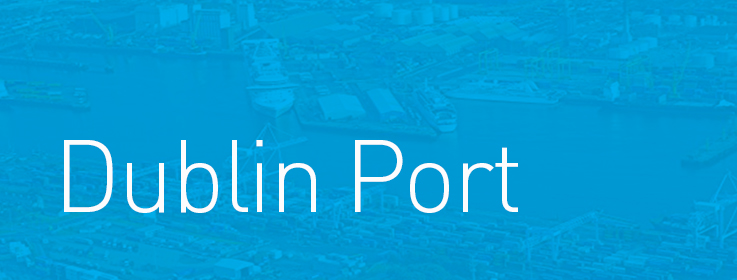Heads Up On Eden Quay: Historic Crest of the 'City of Dublin Steam Packet Company'
29th October 2017 Dublin PortWorld's Largest Ro-Ro Freight Ferry Completes Maiden Voyage from Continental Europe to Dublin Port
27th October 2017 Dublin Port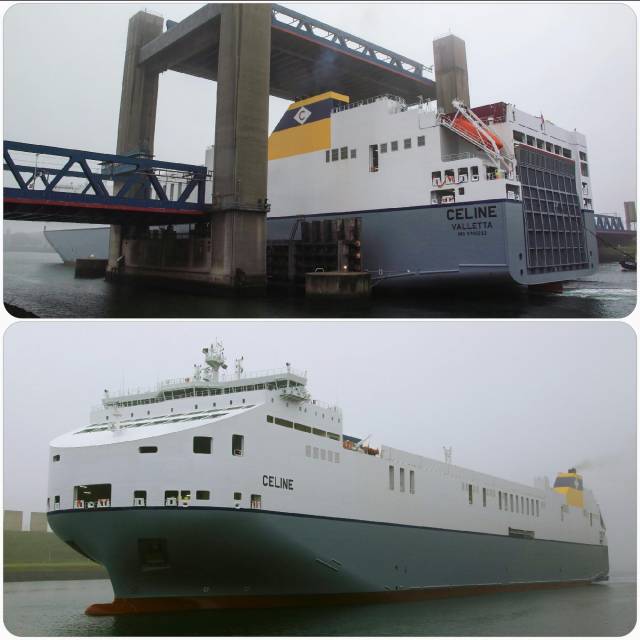
World's Largest Ro-Ro Freight Ferry Completes Delivery Voyage to Europe Prior to Dublin Debut
25th October 2017 Dublin Port
World's Largest Ro-Ro Ferry to Be Introduced on Dublin Routes Linking Mainland Europe
23rd October 2017 Dublin Port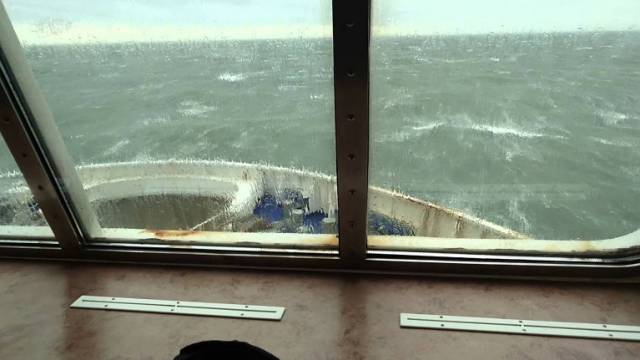

Arklow 'R' Class Cargoships Differ in Design As Does Changing Quay Relationships Of Dublin's Docklands
11th October 2017 Dublin Port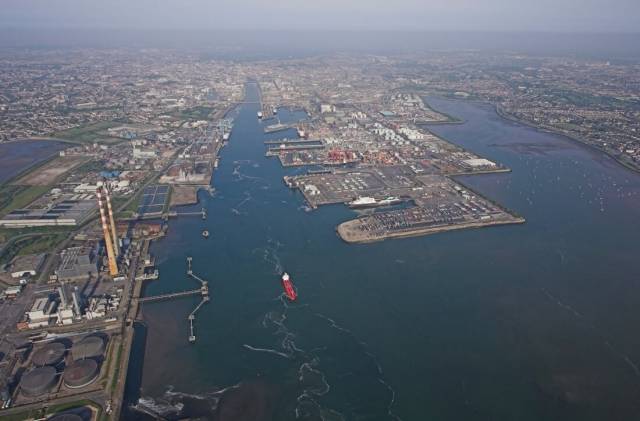
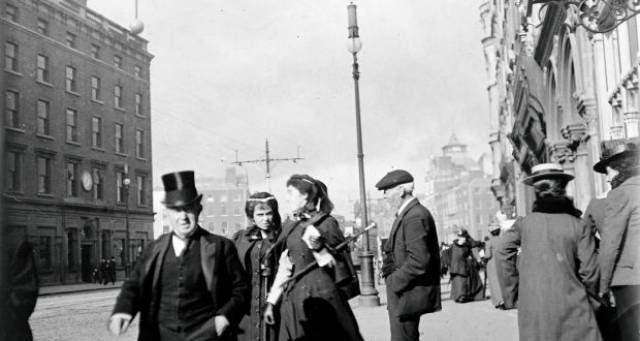
Dublin Port Crane 292: Old Kid Returns On The Block But Modern Container Gantry Cranes Are Kings!
30th September 2017 Dublin Port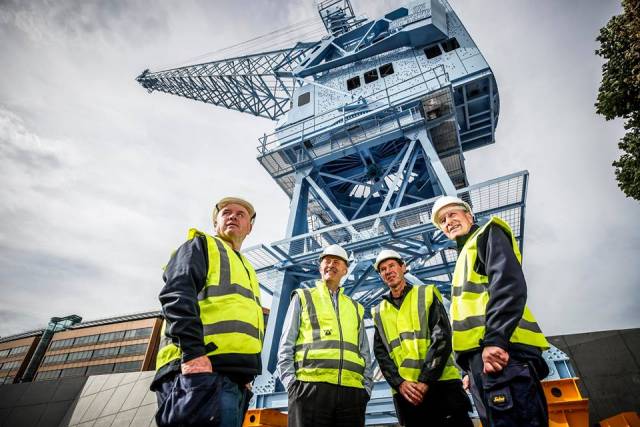
Crane 292: Stands Tall Besides New Look 'Soft' Surroundings of Dublin Port Centre
29th September 2017 Dublin PortTransit Gateway's Ongoing Mapping of Dublin Port Installation Open Day this Saturday 3pm
28th September 2017 Dublin Port



























